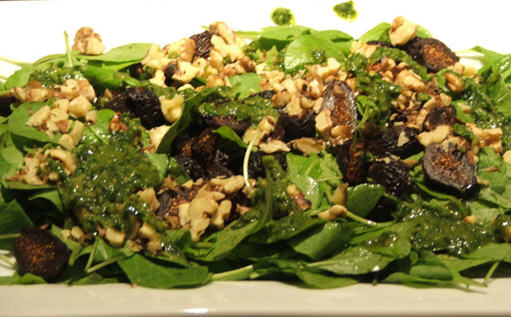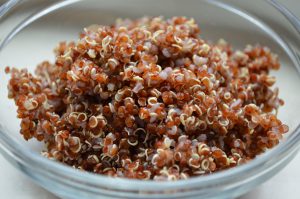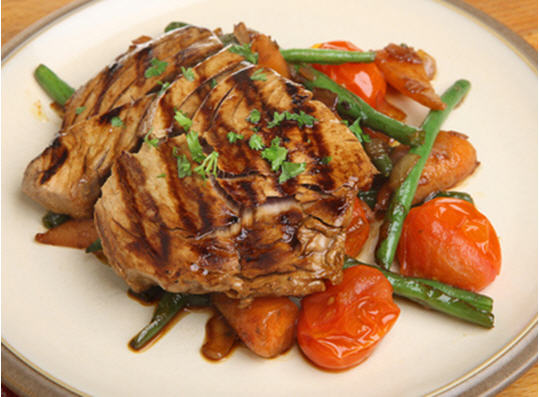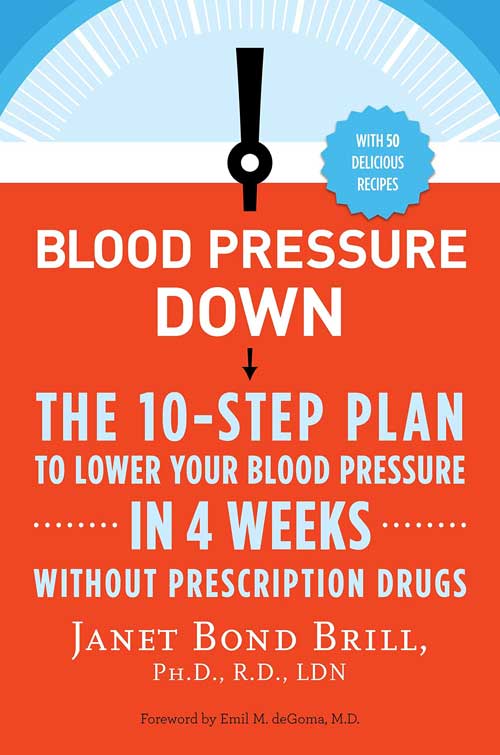By
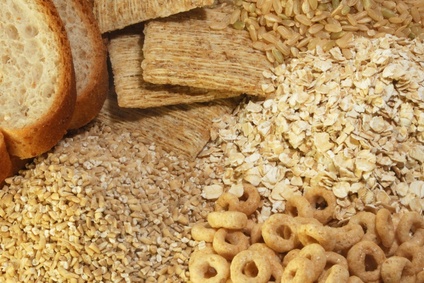

What is gluten? Gluten is a protein found in grains. Only wheat (and related grain species such as barley and rye) contain the protein gluten. Gluten is actually a “composite protein,†or what remains after all the starch is washed away from wheat flour. Gluten contains two main groups of protein, called the gliadins and the glutenins. Upon digestion in the small intestine, these large strands of protein are broken down into smaller amino acid chains called polypeptides.
Who needs to avoid gluten? Only about 1% of the US population has celiac disease (an abnormal immune reaction to partially digested gliadin). Gluten sensitivity (gluten intolerance) differs from celiac disease and is actually a spectrum of disorders which include celiac disease and wheat allergy. (A person can be gluten intolerant and not have celiac disease or a wheat allergy.) This disorder, gluten intolerance, has symptoms which include diarrhea, abdominal cramping, bloating, headaches, and fatigue when a person consumes gluten. If you have been diagnosed with celiac disease or gluten sensitivity then by all means avoid wheat products.
Who doesn’t need to avoid gluten? However, for the large majority of Americans, wheat is truly the “staff of life.†Wheat is a cereal grain (a type of grass) that has been cultivated as a source of nutrition for humankind as far back as 9600 BC. Whole wheat (in its natural form) is a rich source of vitamins, minerals, fiber, carbohydrate, protein and oil. Globally, wheat is the leading source of vegetable protein in human food, having a higher protein content than either maize (corn) or rice, the other major cereals. Frequent consumption of superbly nutritious gluten-containing whole wheat has been linked to significant reduction in the risk of heart disease—the leading cause of death in American men and women. That’s why I ♥ gluten!






